Saint Nazaire
When France was defeated in June 1940, there was a hope from German side that Britain also would surrender. But the British kept on fighting, were not defeated and an invasion of the british isles was cancelled in the autumn of 1940. An alternative method of defeating the British was through submarines. These would hunt down convoys of war material and other things that sailed across the Atlantic to Britain and attacking them with torpedoes. If Britain could not be defeated militarily, they would at least be forced to their knees by choking the supply of materials that allowed them to continue the war.
The Occupation of France gave the Germans access to the French Atlantic coast and therefore opportunities to establish submarine bases. In this way the Germans came closer to the convoys than if they had to sail out of bases in Germany. From 1941, five major submarine bases were built along the Atlantic coast, Brest, Lorient, Saint Nazaire, La Rochelle and Bordeaux. The bases were gigantic concrete complexes where submarines were prepared for long missions on the Atlantic Ocean. Upon completion of the mission, the submarines returned to their bases for repairs, maintenance, replenishment of materials and supplies to later embark on new missions.
Construction of the base of Saint Nazaire began in February 1941 and was completed in June of that year. The base was expanded further until June 1942 and consisted of 14 pens where submarines were protected by thick concrete. In addition to the pens, workshops, storage rooms, mess rooms, power stations and accommodation for the crew were also built. In Saint Nazaire, the 6th and 7th submarine flotillas were based. Including U96, known from the german film Das Boot (1981). After the landing in Normandy in June 1944, the base began to be taken out of service.
In March 1942, British Commandos carried out a raid (operation Chariot) against a dry dock in Saint Nazaire. The aim was to destroy the dry dock, which was the largest in Europe at the time. This would make repairs of big Battleships, like Tirpitz and Bismarck, more problematic if they couldn’t be placed dry dock. The raid wasn’t complicated in theory, just fill a ship with explosives and ram the dry dock. The Raid succeeded and the dry dock was severly damage. The dry dock is close to the base but the base was never a target for the raid. It was against Saint Nazaire (and the dry dock) the battleship Bismarck was on the way for repairs when, on May 27, 1941, she was sunk by British naval forces out on the Atlantic.
Current status: Preseved with museum (2016).
Address: de la Légion d´Honneur, 46600 Saint Nazaire.
Get there: Car.
Follow up in books: Blair, Clay: Hitler’s U-Boat War: The Hunted: 1942-1945 (1996).


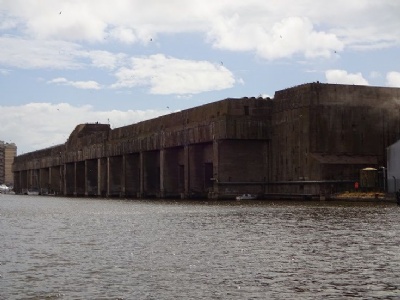
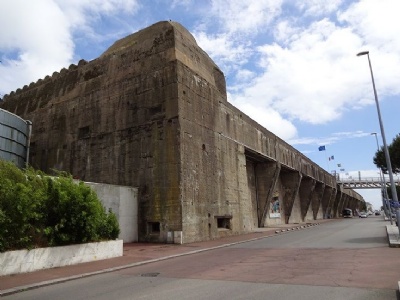
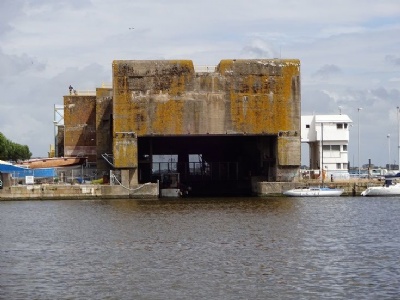
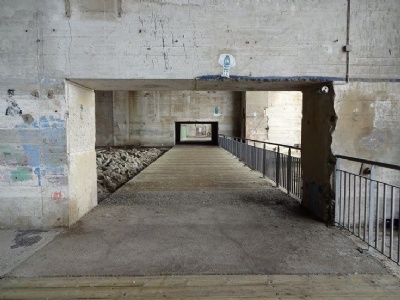
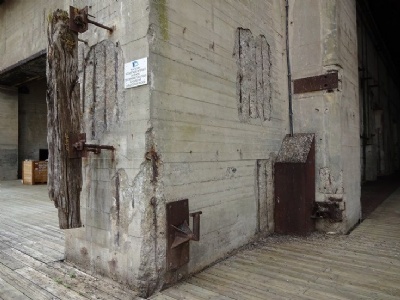
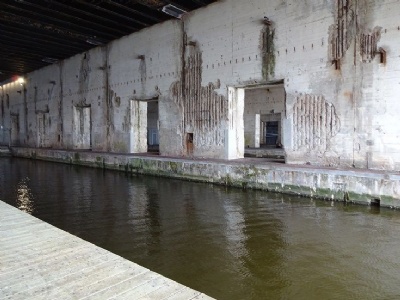
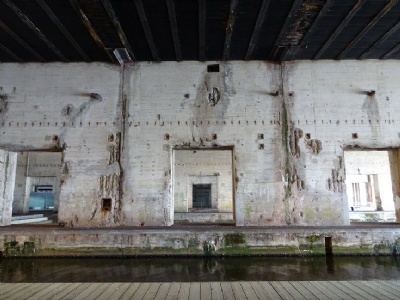
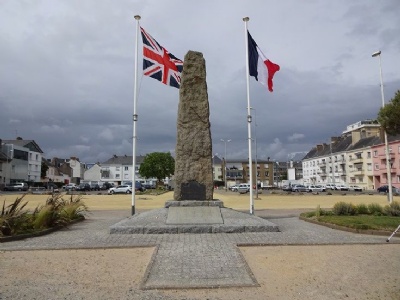
The Base is gigantic and impressive and can be explored by your own and doesn’t require a guided tour like the one in Lorient. Its emptiness makes it difficult to imagine what it could have been like when the base was active. But one cannot avoid thinking that the vast majority of those who sailed out never came back. In a way, this feeling is the same as the feeling you sometimes get when visiting an execution site. Some may think that this is a macabre comparison and that it is unworthy of those who were murdered in the name of Nazism to equate them with those who indirectly served it. Everyone is free to decide what may be worthy or unworthy, but to feel sympathy for the crew members who died at sea does not mean that you diminish or marginalize others.